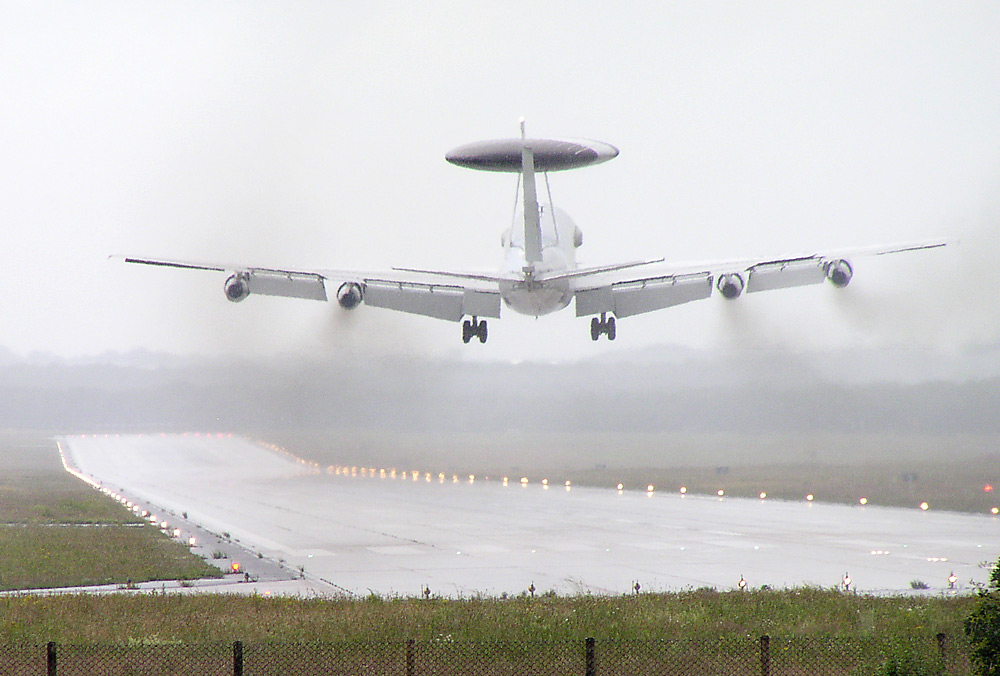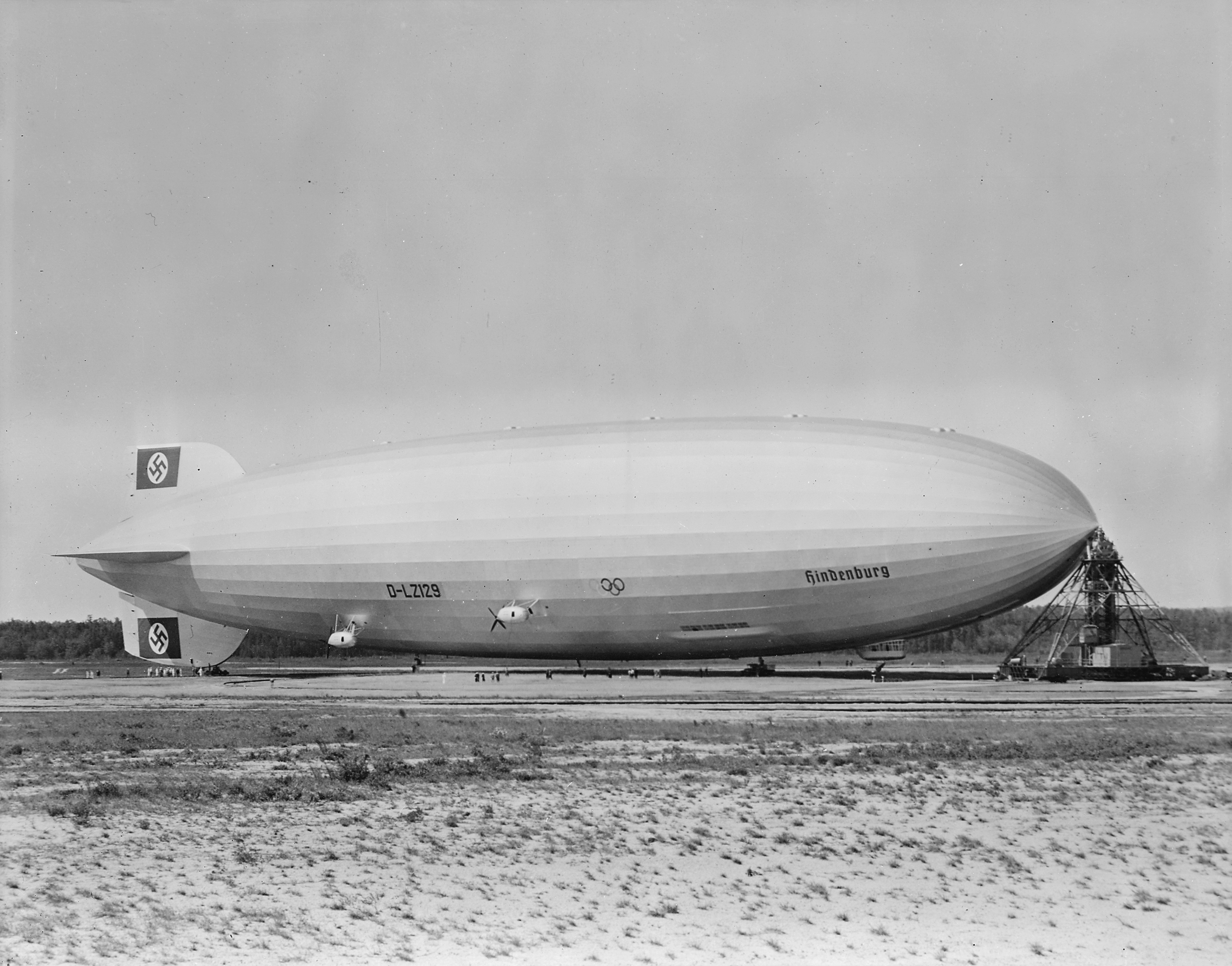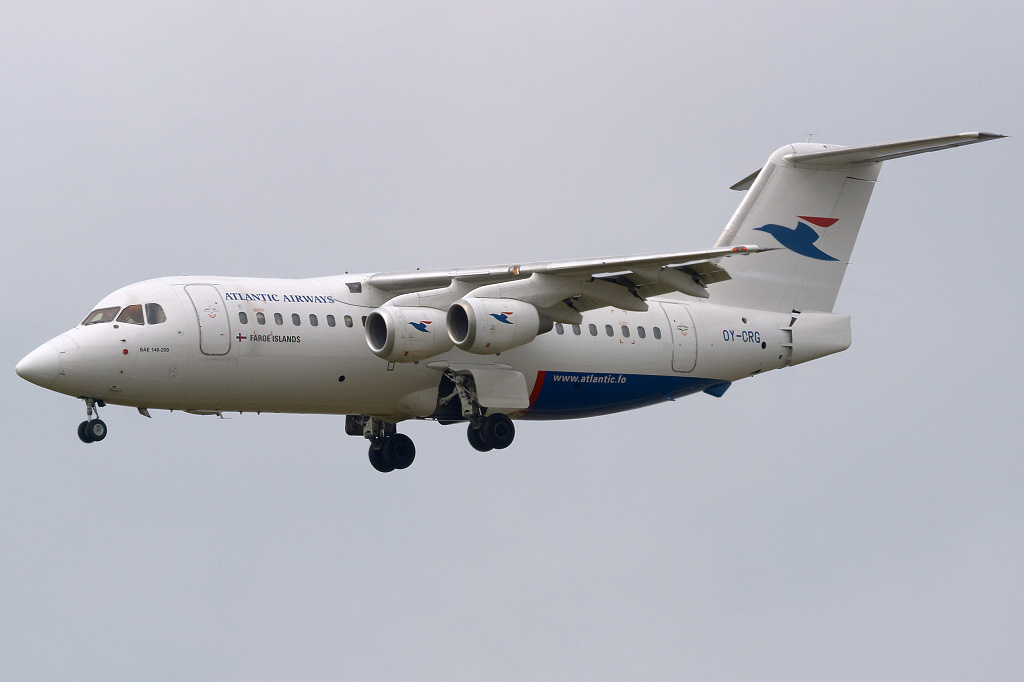|
Southwest Air Lines Flight 611
Southwest Air Lines Flight 611 was a scheduled flight from Naha to Ishigaki. On 26 August 1982, the Boeing 737-200 overran the runway while attempting to land. The aircraft caught fire and was destroyed, but none of the 133 passengers and 5 crew died in the accident although two crew and one passenger were seriously injured.CAP 479 World Airline Accident Summary ( United Kingdom Civil Aviation Authority) Page 16/82 Aircraft and crew The aircraft was a Boeing 737-2Q3 (JA8444) that had its maiden flight in December 1978 and was powered by two Pratt & Whitney JT8D-17 turbofan engines. It had logged 5,056 flight hours at the time of the accident. On the day of the accident, the aircraft had flown from Naha to Miyako and then back, without any problems. The captain, aged 40, had been with the airline since 1973 and became a Boeing 737 captain in 1980. He had 1,666 flight hours, all of which were on the Being 737. The first officer, aged 29, had been with the airline since 1974 and ... [...More Info...] [...Related Items...] OR: [Wikipedia] [Google] [Baidu] |
Runway Excursion
A runway excursion is a runway safety incident where an aircraft makes an inappropriate exit from the runway. Runway excursions include runway overruns, where an aircraft is unable to stop before it reaches the end of the runway. Runway excursions can happen because of pilot error, poor weather, or a fault with the aircraft. According to the Flight Safety Foundation, as of 2008, runway excursions were the most frequent type of landing accident, slightly ahead of runway incursion. For runway accidents recorded between 1995 and 2007, 96% of runway accidents and 80% of accidents with fatalities involved runway excursions. Management and prevention Efforts to address runway excursion either focus on preventing runway excursions, or on minimizing the amount of damage or injury caused by a runway excursion. In the latter category, aviation safety regulators may establish standards such as minimum runway safety areas intended to allow adequate time and distance for an aircraft to stop ... [...More Info...] [...Related Items...] OR: [Wikipedia] [Google] [Baidu] |
Crosswind
A crosswind is any wind that has a perpendicular component to the line or direction of travel. This affects the aerodynamics of many forms of transport. Moving non-parallel to the wind's direction creates a crosswind component on the object and thus increasing the apparent wind on the object; such use of cross wind travel is used to advantage by sailing craft, kiteboarding craft, power kiting, etc. On the other side, crosswind moves the path of vehicles sideways and can be a hazard. Definition When winds are not parallel to or directly with/against the line of travel, the wind is said to have a crosswind ''component''; that is, the force can be separated into two vector components: * the headwind or tailwind component in the direction of motion, * the crosswind component perpendicular to the former. A vehicle behaves as though it is directly experiencing a lateral effect of the magnitude of the crosswind component only. The crosswind component is computed by multiplying the win ... [...More Info...] [...Related Items...] OR: [Wikipedia] [Google] [Baidu] |
Accidents And Incidents Involving The Boeing 737 Original
An accident is an unintended, normally unwanted event that was not directly caused by humans. The term ''accident'' implies that nobody should be blamed, but the event may have been caused by unrecognized or unaddressed risks. Most researchers who study unintentional injury avoid using the term ''accident'' and focus on factors that increase risk of severe injury and that reduce injury incidence and severity. For example, when a tree falls down during a wind storm, its fall may not have been caused by humans, but the tree's type, size, health, location, or improper maintenance may have contributed to the result. Most car wrecks are not true accidents; however English speakers started using that word in the mid-20th century as a result of media manipulation by the US automobile industry. Types Physical and non-physical Physical examples of accidents include unintended motor vehicle collisions, falls, being injured by touching something sharp or hot, or bumping into someth ... [...More Info...] [...Related Items...] OR: [Wikipedia] [Google] [Baidu] |
Aviation Accidents And Incidents In Japan
Aviation includes the activities surrounding mechanical flight and the aircraft industry. ''Aircraft'' includes fixed-wing and rotary-wing types, morphable wings, wing-less lifting bodies, as well as lighter-than-air craft such as hot air balloons and airships. Aviation began in the 18th century with the development of the hot air balloon, an apparatus capable of atmospheric displacement through buoyancy. Some of the most significant advancements in aviation technology came with the controlled gliding flying of Otto Lilienthal in 1896; then a large step in significance came with the construction of the first powered airplane by the Wright brothers in the early 1900s. Since that time, aviation has been technologically revolutionized by the introduction of the jet which permitted a major form of transport throughout the world. Etymology The word ''aviation'' was coined by the French writer and former naval officer Gabriel La Landelle in 1863. He derived the term from the v ... [...More Info...] [...Related Items...] OR: [Wikipedia] [Google] [Baidu] |
Airliner Accidents And Incidents Involving Runway Overruns
An airliner is a type of aircraft for transporting passengers and air cargo. Such aircraft are most often operated by airlines. Although the definition of an airliner can vary from country to country, an airliner is typically defined as an airplane intended for carrying multiple passengers or cargo in commercial service. The largest of them are wide-body jets which are also called twin-aisle because they generally have two separate aisles running from the front to the back of the passenger cabin. These are usually used for long-haul flights between airline hubs and major cities. A smaller, more common class of airliners is the narrow-body or single-aisle. These are generally used for short to medium-distance flights with fewer passengers than their wide-body counterparts. Regional airliners typically seat fewer than 100 passengers and may be powered by turbofans or turboprops. These airliners are the non- mainline counterparts to the larger aircraft operated by the major car ... [...More Info...] [...Related Items...] OR: [Wikipedia] [Google] [Baidu] |
Aviation Accidents And Incidents In 1982
Aviation includes the activities surrounding mechanical flight and the aircraft industry. ''Aircraft'' includes fixed-wing and rotary-wing types, morphable wings, wing-less lifting bodies, as well as lighter-than-air craft such as hot air balloons and airships. Aviation began in the 18th century with the development of the hot air balloon, an apparatus capable of atmospheric displacement through buoyancy. Some of the most significant advancements in aviation technology came with the controlled gliding flying of Otto Lilienthal in 1896; then a large step in significance came with the construction of the first powered airplane by the Wright brothers in the early 1900s. Since that time, aviation has been technologically revolutionized by the introduction of the jet which permitted a major form of transport throughout the world. Etymology The word ''aviation'' was coined by the French writer and former naval officer Gabriel La Landelle in 1863. He derived the term from the ... [...More Info...] [...Related Items...] OR: [Wikipedia] [Google] [Baidu] |
Atlantic Airways Flight 670
Atlantic Airways Flight 670 was a crash following a runway overrun of a British Aerospace 146, British Aerospace 146-200A at 07:32 on 10 October 2006 at Stord Airport, Sørstokken, Norway. The aircraft's spoiler (aeronautics), spoilers failed to deploy, causing inefficient braking. The Atlantic Airways aircraft fell down the steep cliff at the end of the runway at slow speed and burst into flames, killing four of sixteen people on board. The flight was chartered by Aker Kværner from Stavanger Airport, Sola via Sørstokken to transport its employees from there and Stord to Molde Airport, Årø. An investigation was carried out by the Accident Investigation Board Norway (AIBN). It was not able to find the underlying cause of the spoiler malfunction. However, it found that, when the captain selected the emergency braking, the anti-lock braking system was disabled. This selection caused the brakes to completely lock, resulting in Aquaplaning#Reverted rubber, reverted rubber hydroplan ... [...More Info...] [...Related Items...] OR: [Wikipedia] [Google] [Baidu] |
New Ishigaki Airport
, , also branded as ,The phrase "''pai nu''" comes from the Yaeyama language. is a regional airport located in the Shiraho district of Ishigaki, Okinawa Prefecture, Japan. The airport is located near the eastern coast of Ishigaki Island. It connects the island to major cities in Japan as well as destinations throughout Okinawa Prefecture and the Yaeyama Islands. New Ishigaki Airport was built to replace Ishigaki Airport, which with a shorter runway of only , could not accommodate larger jets. Operations at ldIshigaki Airport ceased at midnight on March 6, 2013, and New Ishigaki Airport opened on March 7, 2013. Location New Ishigaki Airport is located on the eastern shore of Ishigaki Island (). The island is located approximately southwest of Okinawa Island. The Yaeyama Islands were traditionally controlled from the southern district of the island, and remains the chief island of the group. The airport serves as a transportation hub for the surrounding Miyako, Yonaguni, Hater ... [...More Info...] [...Related Items...] OR: [Wikipedia] [Google] [Baidu] |
Southwest Air Lines Flight 611(JA8444) Crashsite Map
The points of the compass are a set of horizontal, radially arrayed compass directions (or azimuths) used in navigation and cartography. A compass rose is primarily composed of four cardinal directions— north, east, south, and west—each separated by 90 degrees, and secondarily divided by four ordinal (intercardinal) directions—northeast, southeast, southwest, and northwest—each located halfway between two cardinal directions. Some disciplines such as meteorology and navigation further divide the compass with additional azimuths. Within European tradition, a fully defined compass has 32 'points' (and any finer subdivisions are described in fractions of points). Compass points are valuable in that they allow a user to refer to a specific azimuth in a colloquial fashion, without having to compute or remember degrees. Designations The names of the compass point directions follow these rules: 8-wind compass rose * The four cardinal directions are north (N), eas ... [...More Info...] [...Related Items...] OR: [Wikipedia] [Google] [Baidu] |
Anti-lock Braking System
An anti-lock braking system (ABS) is a safety anti-skid braking system used on aircraft and on land vehicles, such as cars, motorcycles, trucks, and buses. ABS operates by preventing the wheels from locking up during braking, thereby maintaining tractive contact with the road surface and allowing the driver to maintain more control over the vehicle. ABS is an automated system that uses the principles of threshold braking and cadence braking, techniques which were once practiced by skillful drivers before ABS was widespread. ABS operates at a much faster rate and more effectively than most drivers could manage. Although ABS generally offers improved vehicle control and decreases stopping distances on dry and some slippery surfaces, on loose gravel or snow-covered surfaces ABS may significantly increase braking distance, while still improving steering control. Since ABS was introduced in production vehicles, such systems have become increasingly sophisticated and effective. Mode ... [...More Info...] [...Related Items...] OR: [Wikipedia] [Google] [Baidu] |
Thrust Reversal
Thrust reversal, also called reverse thrust, is the temporary diversion of an aircraft engine's thrust for it to act against the forward travel of the aircraft, providing deceleration. Thrust reverser systems are featured on many jet aircraft to help slow down just after touch-down, reducing wear on the brakes and enabling shorter landing distances. Such devices affect the aircraft significantly and are considered important for safe operations by airlines. There have been accidents involving thrust reversal systems, including fatal ones. Reverse thrust is also available on many propeller-driven aircraft through reversing the controllable-pitch propellers to a negative angle. The equivalent concept for a ship is called astern propulsion. Principle and uses A landing roll consists of touchdown, bringing the aircraft to taxi speed, and eventually to a complete stop. However, most commercial jet engines continue to produce thrust in the forward direction, even when idle, actin ... [...More Info...] [...Related Items...] OR: [Wikipedia] [Google] [Baidu] |




.jpg)



.jpg)